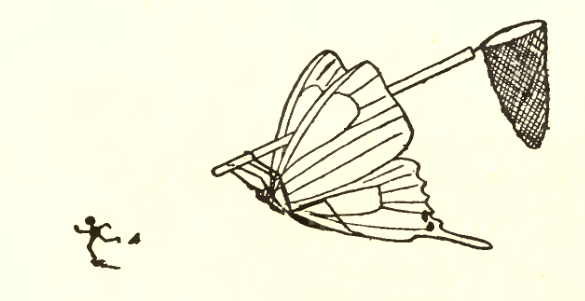 What Caught Our Attention: Any time there’s an issue with a paper co-authored by researchers from such high-profile institutions as Harvard, Cornell, and the University of Cambridge, we take notice. In this case, the group — which included Laurie Glimcher, then-dean at Cornell, now president of the Dana-Farber Cancer Institute — chose to retract a 2013 paper from a Cell journal after learning they couldn’t reproduce some of the experiments.
What Caught Our Attention: Any time there’s an issue with a paper co-authored by researchers from such high-profile institutions as Harvard, Cornell, and the University of Cambridge, we take notice. In this case, the group — which included Laurie Glimcher, then-dean at Cornell, now president of the Dana-Farber Cancer Institute — chose to retract a 2013 paper from a Cell journal after learning they couldn’t reproduce some of the experiments.
Journal: Cell Host & Microbe
Authors: Jin A. Cho, Ann-Hwee Lee, Barbara Platzer, Benedict C.S. Cross, Brooke M. Gardner, Heidi De Luca, Phi Luong, Heather P. Harding, Laurie H. Glimcher, Peter Walter, Edda Fiebiger, David Ron, Jonathan C. Kagan, Wayne I. Lencer
Affiliations: Boston Children’s Hospital, Boston, MA, USA; Harvard Medical School, MA, USA; Weill Cornell Medical College, NY, USA; University of Cambridge Metabolic Research Laboratories and NIHR Cambridge Biomedical Research Centre, Cambridge, UK; University of California, San Francisco, CA, USA; Howard Hughes Medical Institute, MD, USA
In 2013, we reported in Cell Host & Microbe that when the AB5 subunit cholera toxin (CTx) enters the ER of host cells, the toxin’s enzymatic A subunit can activate the ER stress sensor IRE1α to induce an inflammatory response by regulated IRE1α-dependent decay of mRNA (RIDD) and subsequent activation of the cytoplasmic viral RNA sensor RIG-I.
Although we can reproduce the findings that CTx and its unfolding and enzymatically inactive mutants can activate IRE1α (as evidenced by XBP-1 splicing), and that all toxins can induce an inflammatory response (as evidenced by transcription of IL-6 and IL-8), we cannot reproduce the qRT-PCR experiments that show that the IL-6 inflammatory response depends on IRE1α activation, and we cannot locate the original qPCR datasets to verify the original results. Therefore, we cannot confirm or stand behind the data published in Figures 3G, 4A, and 4C and the conclusion that IRE1α is the sole mediator for cholera toxin-induced inflammatory signals. This diminishes the evidence for mechanism of action by IRE1α-induced activation of RIG-I.
We wish to correct the literature by retracting the entire paper. We sincerely apologize for this occurrence and any confusion it might have caused.
Date of Article: May 2013
Times Cited, according to Clarivate Analytics’ Web of Science: 63
Date of Notice: April 11, 2018
Hat Tip: Rolf Degen
Like Retraction Watch? You can make a tax-deductible contribution to support our growth, follow us on Twitter, like us on Facebook, add us to your RSS reader, sign up for an email every time there’s a new post (look for the “follow” button at the lower right part of your screen), or subscribe to our daily digest. If you find a retraction that’s not in our database, you can let us know here. For comments or feedback, email us at [email protected].
A set of guidelines for publishing qPCR results was published in 2009.
The MIQE guidelines: minimum information for publication of quantitative real-time PCR experiments.
https://www.ncbi.nlm.nih.gov/pubmed/19246619
If more journals required authors to follow these guidelines, there could be more awareness on the part of the researchers as to whether their results were credible or not. I have read many articles with insufficient qPCR methods and this occurs in major journals too.